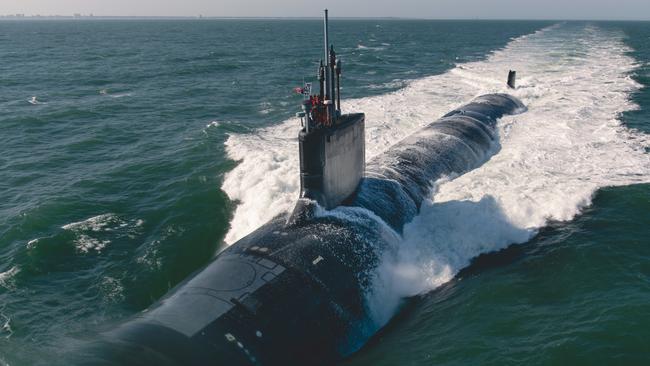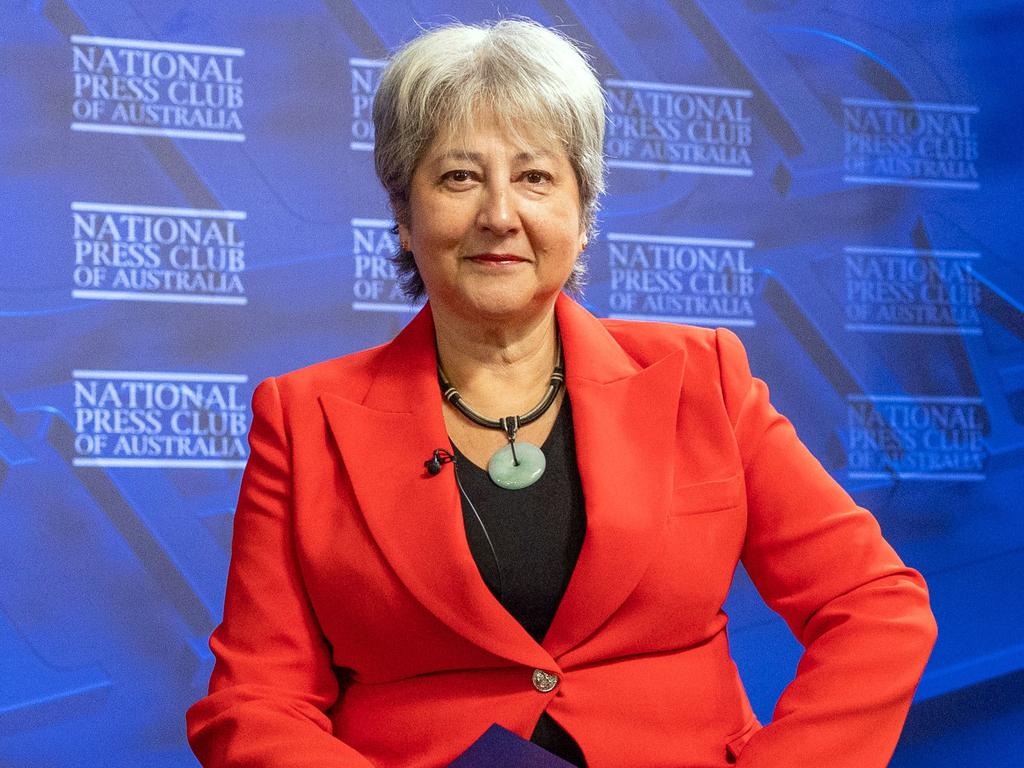
Firstly, why would Australia seek to operate two different types of nuclear-powered submarines rather than one, further complicating an already mammoth, complex and expensive enterprise? This is one of many critical questions left hanging by the reported AUKUS plan, which might look good on paper, but on closer inspection appears to brim with risk and problems.

Australia will be taking a punt on several key assumptions. The first is the Americans can actually build three to five Virginia-class boats for Australia on schedule when congressional and other government reports say they have no capacity in their shipyards. The second is that Australia can grow and train enough nuclear-trained personnel to operate and maintain the Virginia submarines when they arrive in Australia from the mid-2030s. This is highly unlikely based on current projections.
The third challenge is whether Australia can find enough nuclear-trained personnel to crew the large Virginia-class boats. They require a crew of about 135 compared to only 48 for the Collins class. This is almost certainly not possible in the timeframe required.
The reality is that these submarines will be largely crewed by Americans for many years and a small but slowly growing contingent of Australians aboard.
The fourth challenge is money. To purchase three or even five Virginia-class boats while also developing a next-generation submarine will come at an eye-watering price tag, which the Albanese government must sell to voters.
On the positive side, three Virginia-class boats would provide an important capability for the navy if they arrived from the mid-2030s shortly before the existing fleet of Collins-class submarines start to retire from 2038.
These would relieve the schedule pressure on the second stage of the AUKUS plan – the building of a next-generation submarine which is unlikely to be completed until the 2040s.
These new boats will probably be a common British-designed submarine built in the UK and in Australia for use by the UK and Australian, and possibly even the US. This common submarine is likely to be the next-generation evolution of Britain’s Astute-class boat with a British-designed hull and a US combat system.
But if Australia has managed to purchase three to five Virginia-class submarines from the US, why not simply continue that process until the navy has eight? Yes, the British would miss out and industry would miss out. But is that worth the extra cost, complexity and inefficiency of operating two classes of nuclear-powered submarines for decades to come? These are questions which the government will need to answer when the plan is unveiled next week.
Either way, the acquisition of the Virginia-class boats would be a generational transformation of Australia’s submarine capability. But the risks of this reported plan are high and the lesson of history is that enterprises like this are never smooth sailing.








The reported decision by Australia to purchase three to five US Virginia-class submarines and then build a different next-generation nuclear submarine in Adelaide raises far more questions than it answers.